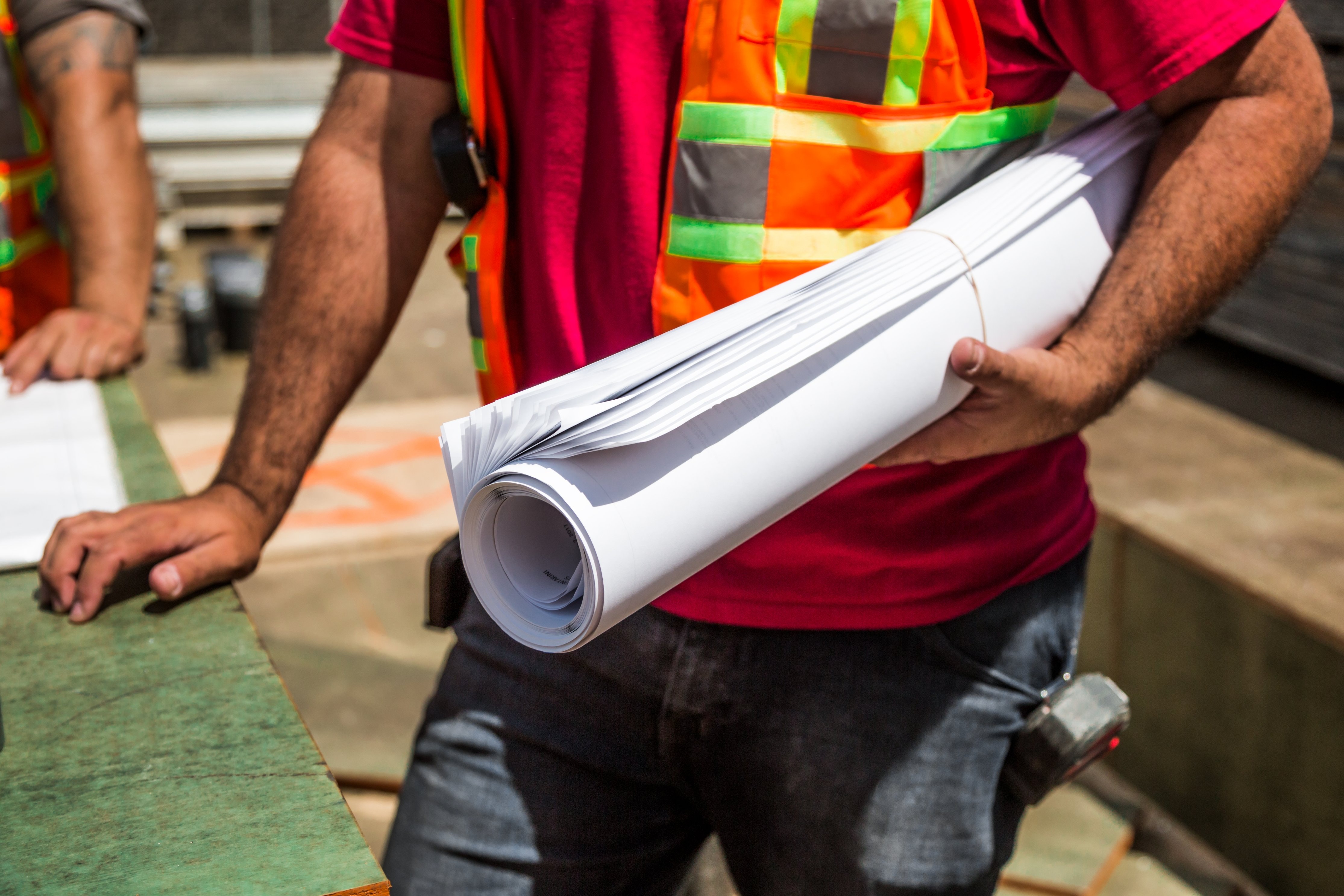Jun 25 - 4min readCementing the Future of Construction: How the Construction Sector are Incorporating Tech into a Post COVID FutureBy Launchbase
When the COVID-19 outbreak begins to fade away, the impact of the pandemic will still leave a devastating effect on various sectors around the world. A sector that has felt this significantly is the construction sector. Social distancing rules across numerous countries are having a significant effect on construction sites, countless sites across the planet have had to either slow down operations or postpone all together which has caused massive delays.
_____________________________________________________________
Although it is set to take a very long time for the industry to recover fully from the outbreak, next-gen tech may prove to be a very valuable resource in getting things back-up and running again. It could enable many firms to recover from their COVID-19 losses in less time than what it could potentially be. The construction industry is set to embrace remote working both in the short and the long term to help reduce costs in addition to the interest of worker’s health and safety.
COVID-19 has highlighted that a lot of the work which is done in the construction sector can be done remotely with ease. Engineers, technologists, project management and architects have been working from home during the duration of the pandemic and it is expected that some will remain working from home for the next 12-18 months. It is something that will stick around in the long term.

Providing New Projects
COVID has revealed and highlighted how the lack of technological infrastructure across companies such as the UK and in the United States has placed the construction sector in an un-ideal position. Nations need to embrace the modern technology such as the Internet of Things (IoT) to move forward from the crisis. The use of these innovations will also prove useful for any future crisis that may occur in years to come. Globally, this infrastructure is lacking in the construction sector is in desperate need of reform. According to The American Society of Civil Engineers, most construction sector infrastructures have not stepped up to meet the modern standard. Improved energy grids and 5G cell towers are all ways which can help create job roles in the construction sector space.
Filling in For Absent Workers
The current economy is not expected to bounce back to ‘normal’ any time soon, and it is expected that many industry workers will be slow to return. Luckily, robotics within industries like the construction and manufacturing sector is becoming more popular than ever before. The use of this tech could prove extremely useful when filling in for workers that remain absent. Robotics perform almost 50% of construction job roles. In the long run, companies could potentially see a reduction in cost compared to human workers, and increased efficiency thanks to longer operation times and overall optimisation.

Increase in Productivity
Tech not only has the potential to fill in positions for absent construction workers but they have the potential to help traditional workers increase their productivity through Artificial Intelligence (AI) and data analysis. The construction sector has a history of being less productive in comparison to other industries and if productivity does not improve post-COVID-19, inefficiency will set in further which will mean the time it takes for the industry to recover will increase into the future.
Acquisition of Equipment
A primary challenge facing the construction sector amid a recession is the growing cost of equipment. This puts many companies in a state of dilemma as a lot of the modem construction equipment that can help drive efficiency and digital transformation can often be very expensive. This can be a big hurdle to jump for smaller construction firms. Luckily, costs for equipment can be reduced by relying more on tech. A more productive use of the internet can help firms find equipment at lower costs which would be difficult to find in traditional brick-and-mortar stores. E-commerce has a range of advantages and this is just one of them.
Although on-site work has been stopped or severely reduced due to lockdowns in numerous countries around the world, many functions in the AEC industry such as architecture, engineering and project management can continue relatively undisturbed. New technologies are also being embraced which is helping limit the impact caused by the current pandemic. The pandemic could see a brighter future for cutting-edge technology in the industry such as drone tech, communication tools, augmented reality (AR), virtual reality (VR), building information modelling (BIM) and much more. These technologies actively encourage health and safety in the industry whilst helping employees meet social distancing requirements. These technologies are set to stay and develop further long after COVID-19 vanishes. Finally, when looking at the short- and long-term effects of COVID-19 on the construction sector, the current trends such as remote working, adoption of the latest technology and increased health and safety procedures all look like they are here to stay.



